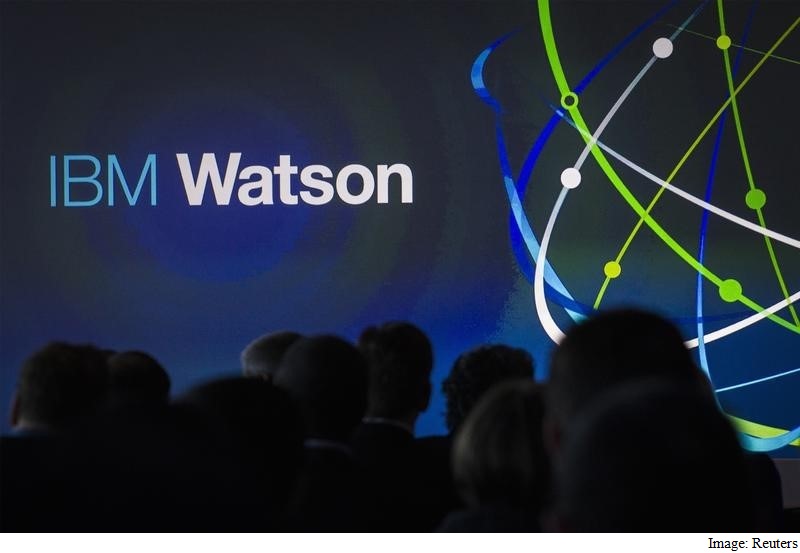
IBM’s Watson, the computational genius that has bested “Jeopardy!” champions, published a cookbook and been unleashed in the fight against cancer, now has what is perhaps its greatest challenge – taking on the morass of the federal procurement process.
For years, government agencies have tried to find ways to make the purchasing process more efficient. But now the Air Force has come to the conclusion that humans cannot on their own manage the Federal Acquisition Regulation, 1,897 pages of the densest prose on the planet. The only way to navigate a stifling bureaucracy that virtually everyone agrees is broken is to turn to the power of the machine.
The Air Force is working with two vendors, both of which have chosen Watson, IBM’s cognitive learning computer, to develop programs that would harness artificial intelligence to help businesses and government acquisitions officials work through the mind-numbing system.
The idea is to create a “bureaucracy buster, or let’s call it a decoder,” said Camron Gorguinpour, a senior official in the Air Force’s acquisitions office.
The move comes amid other efforts to reform the way the Pentagon buys weapons and services. Rep. Mac Thornberry, R-Texas, chairman of the House Armed Services Committee, has made those reforms a top priority and is again pushing legislation to speed up the procurement process and make it more efficient.
Critics have long focused on the schedule delays and cost overruns that have routinely plagued major weapons programs. The military has had acquisitions trouble since “the Continental Army of George Washington,” Thornberry said. But the problems have become so bad that they now create a national security threat, he said.
“The technology cycle is faster than it’s ever been, and speeding up,” he said at a Brookings Institution forum earlier this month. “If it takes us another 20 years to field the next airplane or the next ship, it’s going to be out of date by the time it gets there, and we will not be able to defend the country.”
Watson is perhaps best known for consuming enough data and understanding language so that it could win at “Jeopardy!” in 2011. That version of Watson ran on a set of servers that could fill a large bedroom. Since then, IBM says it has invested $1 billion to create a business unit specifically for Watson, which runs in the cloud.
Watson is designed not only to ingest vast amounts of data but to learn over time. And in the past few years, it has been used to help doctors diagnose cancer, athletes train and come up with new recipes, such as Scandinavian salmon quiche and Austrian grilled asparagus.
The Pentagon’s procurement system is the “perfect application for Watson,” Gorguinpour said. “While our acquisition system is very complex, it is document based. . . . It’s unreasonable to expect that a single individual or even a group of individuals to be able to fully understand all of the relevant documents to answer a specific question.”
The system will not only help government procurement officials do their jobs – by being able to query the system to find out, for example, whether a contract can be awarded on a sole-source basis. But it also would be designed to help businesses interact with the government to find programs they might be eligible to bid on. While major defense contractors have well-trained teams who can expertly navigate the system, small companies often struggle with the process.
“We think cognitive computing can really help with transparency in government,” said Juliane Gallina, the director of government solutions for IBM Watson.
But first, Watson must be trained. The first step is for the Air Force’s vendors – Applied Research in Acoustics and KalScott Engineering – to feed it all the relevant documents. Then, its digital intellect will be molded by humans, asking question after question, about 5,000 in all, to help it understand context and the particular nuance that comes with federal procurement law.
But as fast and efficient as the machine is, it will still need a human touch. “The best way to deploy [artificial intelligence] in this context is as a tool that’s working with a human so that they can do something that neither alone could ever achieve,” said Jason Summers, the chief scientist at Washington-based Applied Research in Acoustics. “It’s the perfect task for human-machine teaming.”
© 2016 The Washington Post
Download the Gadgets 360 app for Android and iOS to stay up to date with the latest tech news, product reviews, and exclusive deals on the popular mobiles.




